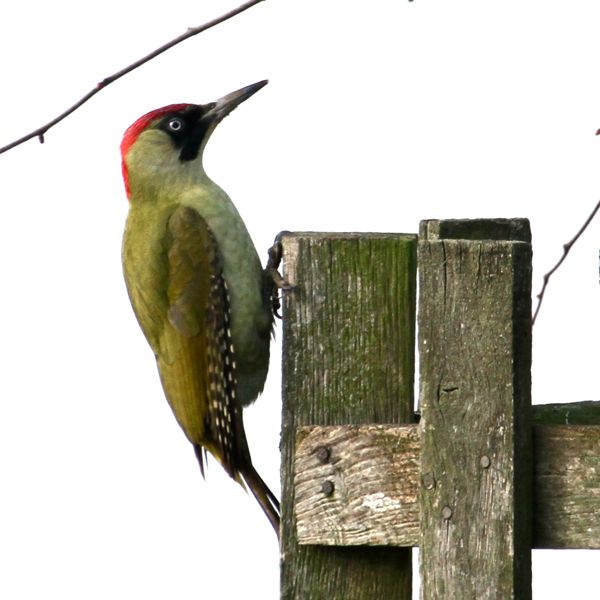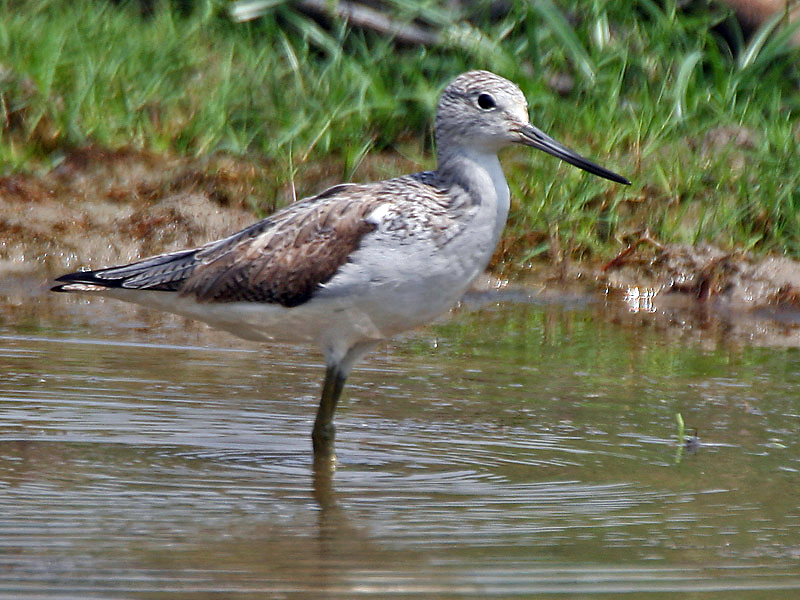Scientific Name: Fringilla coelebs
Population Estimate: 500M - 1.5B
Range / Habitat: This bird is widespread and very familiar throughout Europe. It is the most common finch in western Europe, Its range extends into western Asia, northwestern Africa, and Macaronesia, where it has many distinctive island forms.
Field Notes: The Common Chaffinch's large double white wing bars, white tail edges
and greenish rump easily identify this 14–16 cm long species. The
breeding male is unmistakable, with his reddish underparts and a
blue-grey cap. The female is drabber and greener, but still obvious.
Personal Notes:





























-_Female_near_Hodal_I_Picture_2101.jpg)















